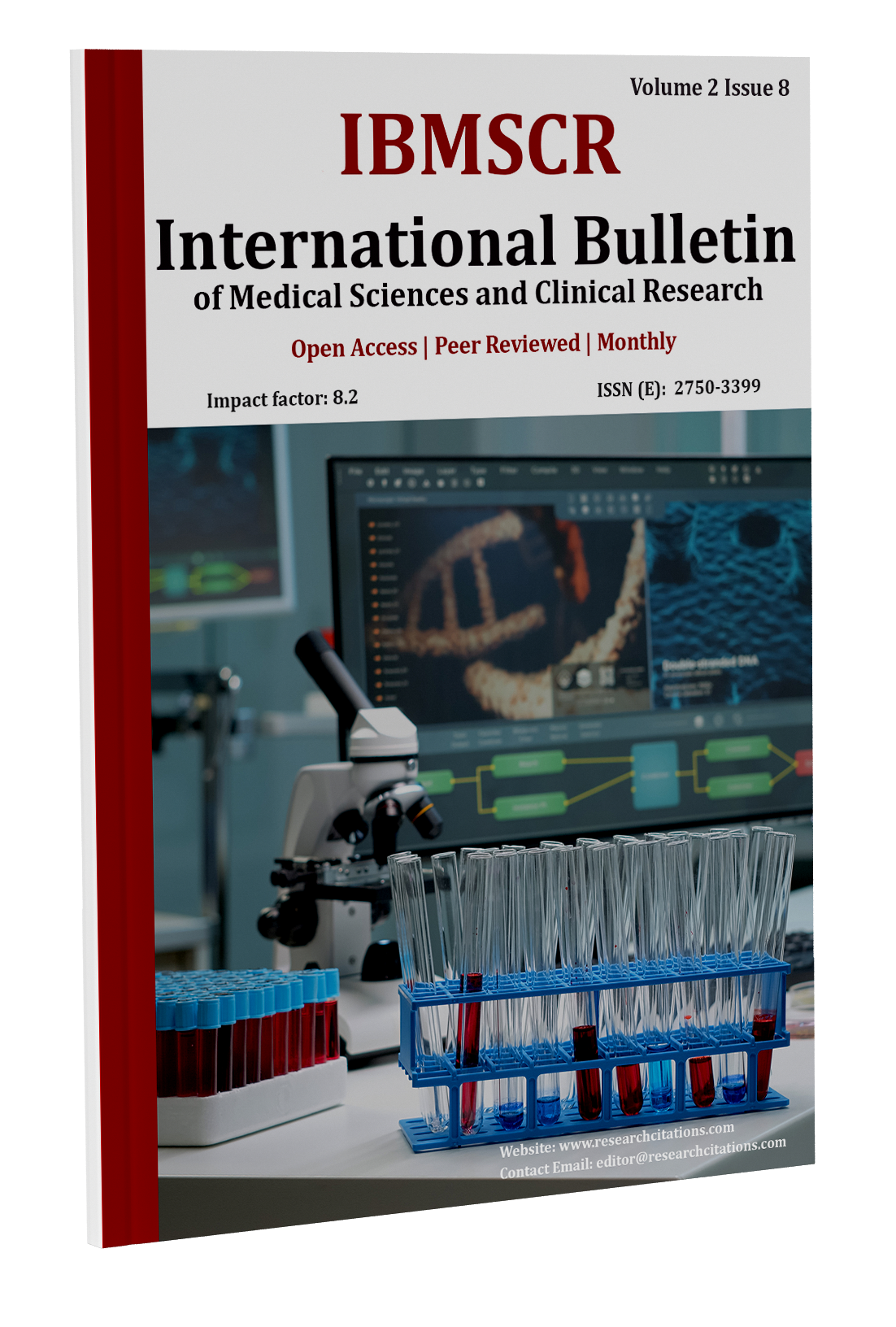PRODUCTION OF ANTI-ECZEMA SOAP
Main Article Content
Abstract
Atopic dermatitis, commonly known as eczema, is a common chronic, relapsing skin disease characterized by pruritus, epidermal barrier dysfunction, and immunoglobulin E-mediated sensitization to food and environmental allergens. Atopic dermatitis is a complex disease caused by interactions between genes and the environment. Locations on several chromosomes have been identified, including a family of epithelium-related genes on chromosome 1q21 called the epidermal differentiation complex. Mutations in filaggrin, a key protein of epidermal differentiation, have also been identified in early-onset and severe atopic dermatitis. There are 3 classic stages of eczema: infantile, childhood, and adult. The spectrum of manifestations of eczema is very different from the version that affects only the hand to the main forms in which the patient has erythroderma. Acute and acute lesions of atopic dermatitis are often characterized by severe itching, erythematous papules and excoriations, and vesicles with serous exudate. Examples of chronic atopic dermatitis include lichenified plaques and excoriation papules.
Downloads
Article Details
Section

This work is licensed under a Creative Commons Attribution 4.0 International License.
How to Cite
References
1. Bieber T. Atopic dermatitis. N Engl J Med 2008; 358: 1483–1494.
2. Williams HC. Clinical practice: atopic dermatitis. N Engl J Med 2005; 352: 2314–2324.
3. Leung DY, Bieber T. Atopic dermatitis. Lancet 2003; 361: 151–160.
4. Bolognia JL, Jorizzo JL, Rapini RP, eds. Dermatology. Vol. 1. St. Louis, MO: Mosby; 2003: 2584.
5. Spergel JM, Paller AS. Atopic dermatitis and the atopic march. J Allergy Clin Immunol 2003; 112(6 suppl): S118–S127.
6. Miyake Y, Kiyohara C, Koyanagi M, et al. Case-control study of eczema associated with IL13 genetic polymorphisms in Japanese children. Int Arch Allergy Immunol 2011.

